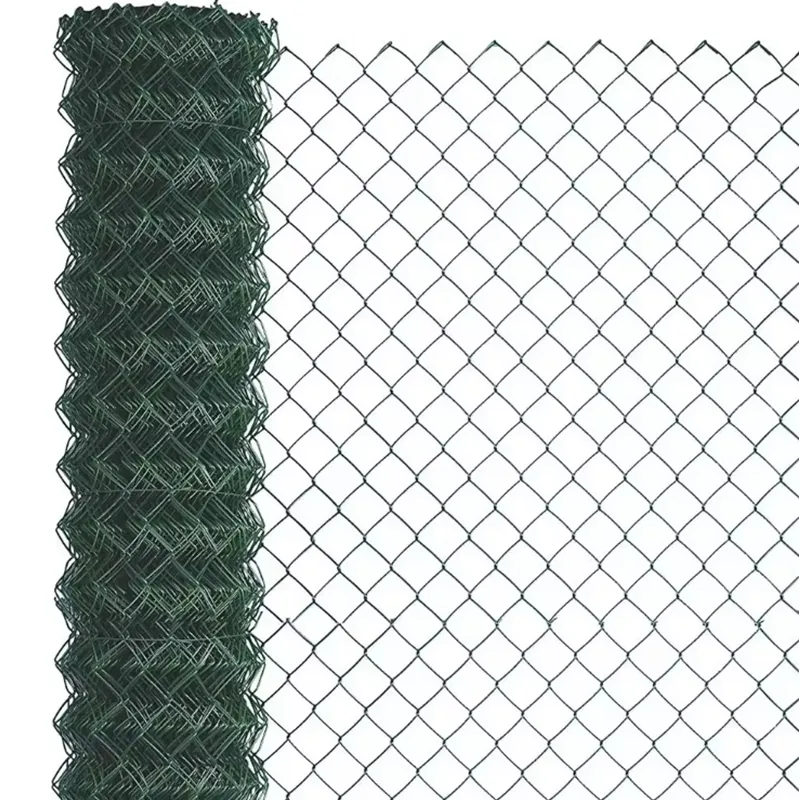-
 Phone:
Phone: -
 Email:
Email:

rock netting
Rock Netting A Sustainable Solution for Erosion Control
In the quest for environmental sustainability and effective erosion control, rock netting has emerged as an innovative solution that balances ecological considerations with engineering efficacy. This method leverages the natural properties of rocks combined with advanced netting technology to stabilize slopes, protect waterways, and enhance the integrity of landscapes.
What is Rock Netting?
Rock netting, often referred to as rock fall netting or rockfall protection netting, involves the use of durable mesh materials to secure loose rocks and boulders on slopes and cliffs. The primary purpose of rock netting is to prevent rock falls that can pose significant risks to infrastructure, roadways, and human safety. The netting holds the rocks in place, providing a safety barrier while allowing the natural landscape to maintain its aesthetic and ecological functions.
The Need for Erosion Control
Erosion is a natural process, but human activities, such as construction, deforestation, and agriculture, significantly accelerate this phenomenon. When vegetation is removed, soil becomes vulnerable, leading to increased run-off, sedimentation in waterways, and loss of valuable land. As climate change contributes to extreme weather conditions, the urgency for effective erosion control methods becomes even more critical. Rock netting provides a sustainable approach to tackle such challenges while promoting biodiversity and protecting natural resources.
Benefits of Rock Netting
rock netting

1. Environmental Protection Rock netting is designed to blend seamlessly with the surrounding landscape. Unlike traditional concrete walls, the mesh allows for vegetation growth, encouraging a return of native plant species. The netting can support soil and plant life, fostering an ecosystem that benefits local wildlife.
2. Cost-Effectiveness Installing rock netting can be less expensive over time compared to conventional retaining structures. The durability of the materials used in rock netting means reduced maintenance costs and the longevity of the solution. Moreover, it often requires fewer alterations to the landscape, minimizing the need for heavy machinery and resource-intensive construction.
3. Versatility Rock netting is adaptable to various terrains and geologies. Whether on steep slopes, near bodies of water, or in mountainous regions, rock netting can be customized to meet site-specific challenges. This versatility makes it suitable for a broad range of applications, from road safety measures to protecting historic sites.
4. Aesthetic Appeal As environmental consciousness increases, the importance of aesthetics in engineering solutions cannot be overlooked. Rock netting offers a less intrusive alternative to concrete walls, enhancing the visual landscape while performing crucial protective functions.
Conclusion
Rock netting stands at the intersection of engineering innovation and environmental stewardship. By harnessing the power of nature and advanced materials, it addresses the pressing challenges posed by erosion and rockfalls. As communities face the realities of climate change and land degradation, the adoption of rock netting is not only a practical choice but also a commitment to sustainability.
With its multi-faceted benefits, rock netting paves the way for safer, more resilient infrastructures that coexist harmoniously with the natural environment. As we look towards the future, incorporating such sustainable practices into our land management strategies will be essential for safeguarding our planet and ensuring the well-being of generations to come.
-
Wire Mesh for Every Need: A Practical SolutionNewsJul.25,2025
-
Steel Fences: Durable, Secure, and Stylish OptionsNewsJul.25,2025
-
Roll Top Fencing: A Smart Solution for Safety and SecurityNewsJul.25,2025
-
Cattle Farm Fencing Solutions for Maximum SecurityNewsJul.25,2025
-
Affordable Iron Binding Wire SolutionsNewsJul.25,2025
-
Affordable Galvanized Wire SolutionsNewsJul.25,2025
-
Wire Hanger Recycling IdeasNewsJul.25,2025








